Modi Warned by Indian Voters
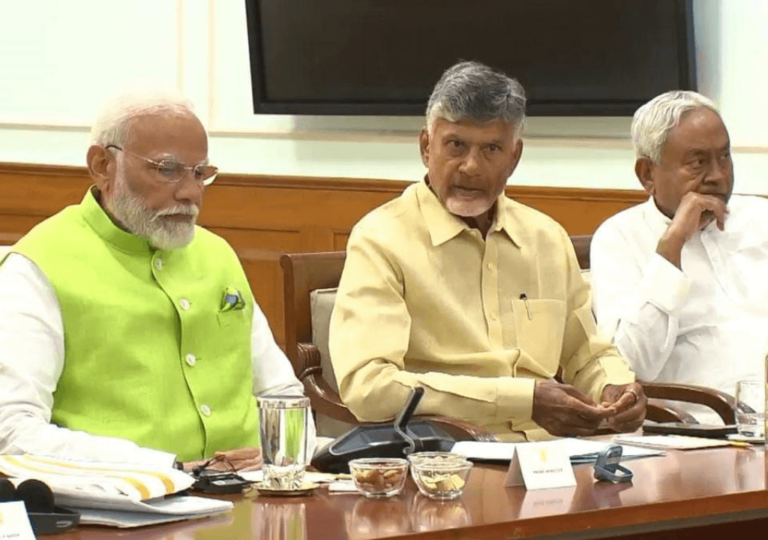
Despite winning 240 seats, the BJP's performance was seen as a setback for Modi's authoritarian tendencies and a sign that Indians value their democracy.

Despite winning 240 seats, the BJP's performance was seen as a setback for Modi's authoritarian tendencies and a sign that Indians value their democracy.

Find out how the ruling BJP's failure to secure a majority single-handedly will lead to negotiations and collaboration with various political parties.
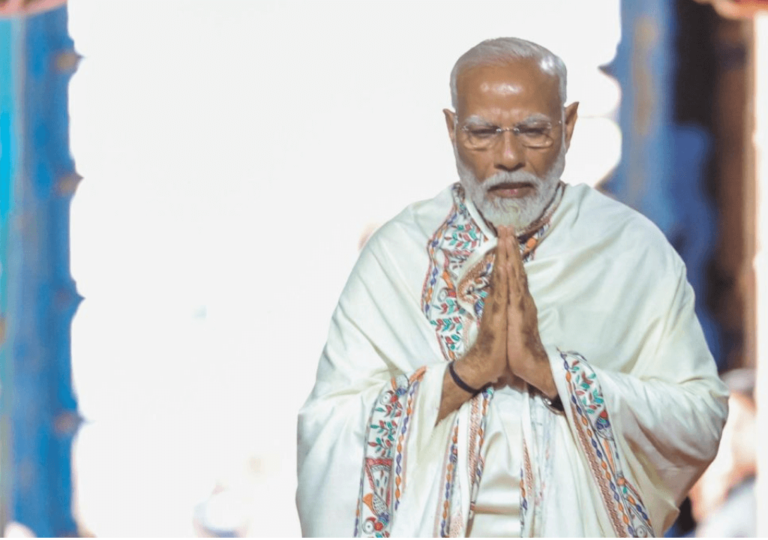
Prime Minister Narendra Modi is likely to secure a consecutive third term, which could lead to more actions fulfilling Hindu nationalist demands, including the formation of Akhand Bharat.
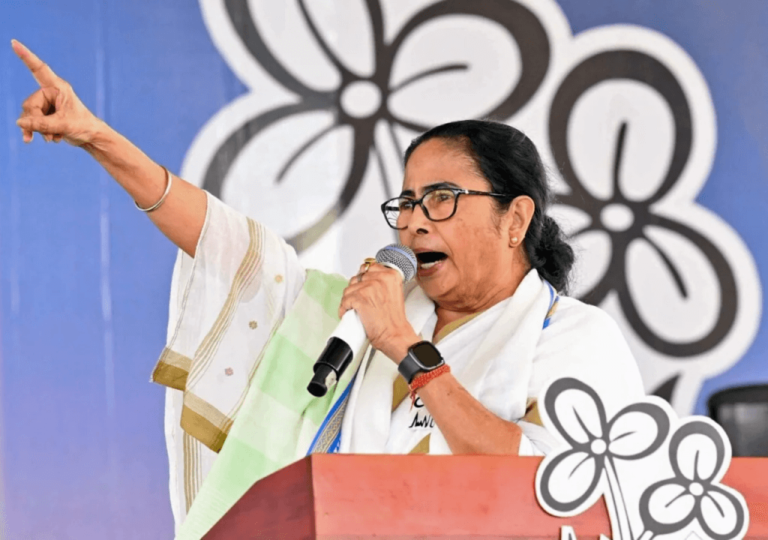
West Bengal's political violence escalates as parties vie for power, undermining democracy.

Maharashtra's political landscape sees former allies, BJP and Shiv Sena, now fierce rivals in a high-stakes battle for power, with alliances shifting and egos clashing.
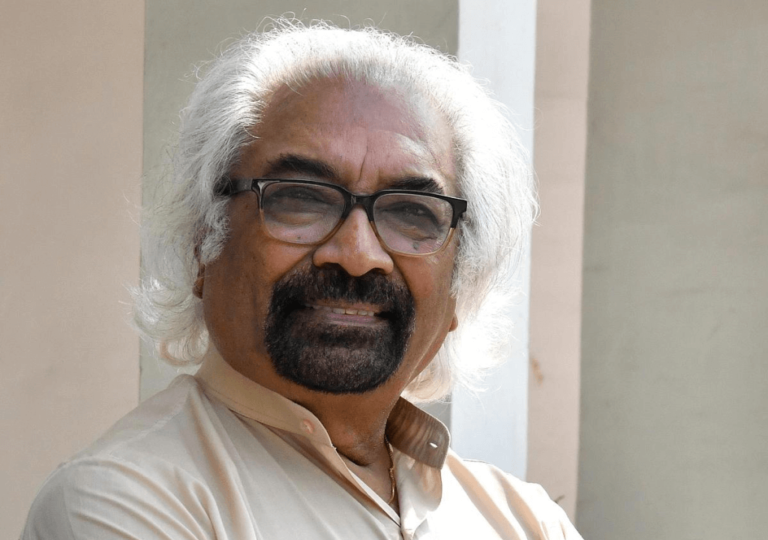
Controversial comments by Indian National Congress leader Sam Pitroda spark outrage, highlighting deep-seated racism in Indian society and politics.
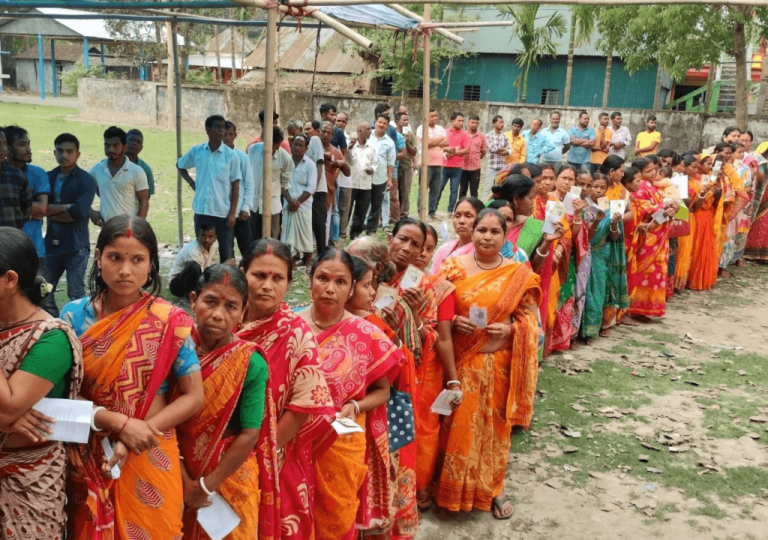
The Indian general election faces challenges with declining voter turnout in the first three phases. Reasons range from summer heat to political disinterest.
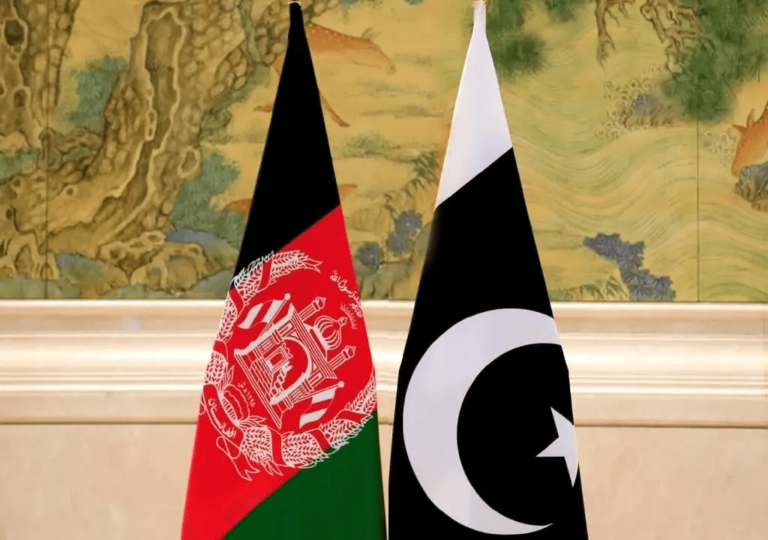
Pakistan faces existential crisis due to poor governance, separatism, and terrorism, with strained ties with neighbors like India and Afghanistan over border disputes and refugee issues.
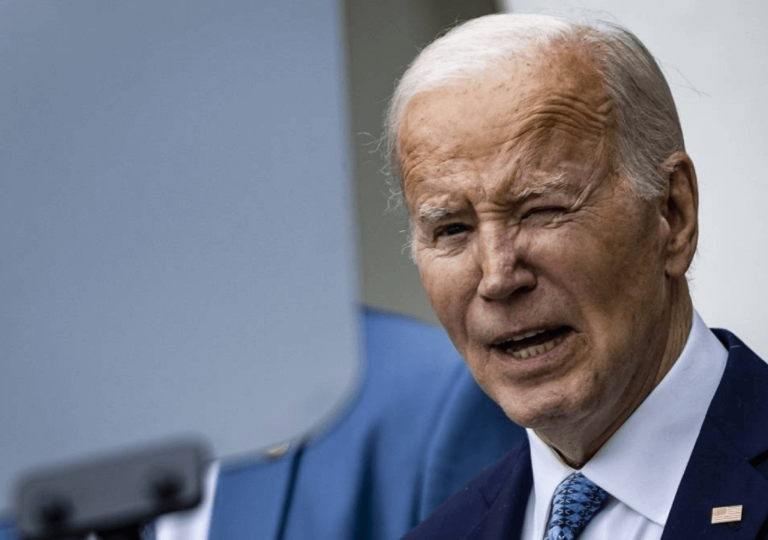
President Biden's controversial comments on immigration policies of Asian countries, Japan, China, Russia, and India have stirred reactions, especially from Japan, a key ally.
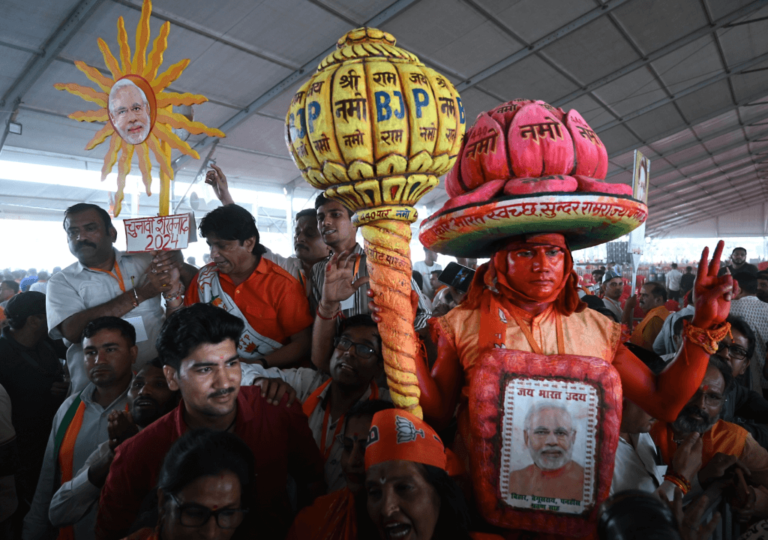
Uttar Pradesh, India's most populous state, holds significant influence in the country's parliamentary system.